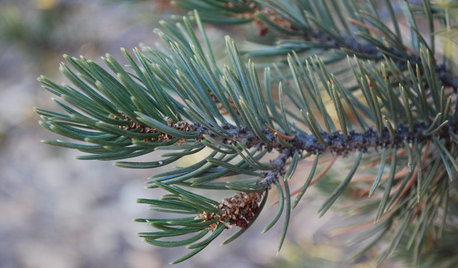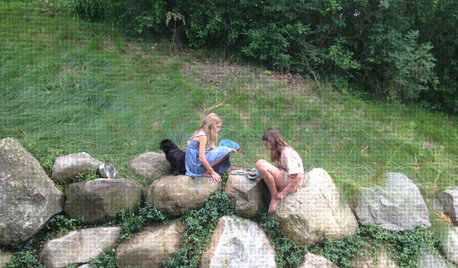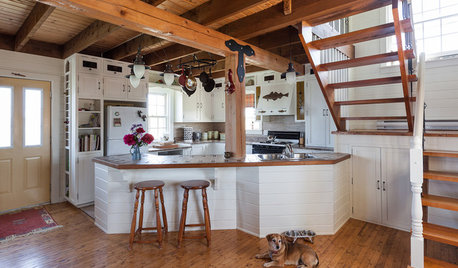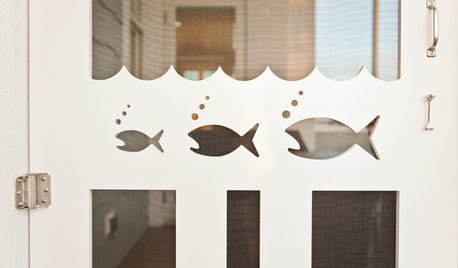pine nuts
northwoodswis4
11 years ago
Related Stories

TREESGreat Design Plant: Pinyon Pine
You might just go nuts for this tough evergreen native to the Western U.S.
Full Story
LIFETurn Off the Video Games and Turn On Your Kid's Creativity
Going nuts planning summer activities? Kids overdosing on screen time? It may be time to foster more self-directed play
Full Story
ORGANIZINGThe Case for Hidden Storage
Imagine how much more peaceful your home would feel with cleared surfaces. And that’s just one reason to stow your supplies
Full Story
SUMMER GARDENINGHow to Grow Basil
Bright color, quick growth and endless uses for cooking make this summer annual a winner in the garden or a pot
Full Story
KITCHEN DESIGNOpen vs. Closed Kitchens — Which Style Works Best for You?
Get the kitchen layout that's right for you with this advice from 3 experts
Full Story
MOST POPULARHouzz Quiz: What Style of Kitchen Should You Have?
Should you be cooking up a storm in a modern, traditional, farmhouse or another style of kitchen? Take our quiz to find out
Full Story
ENTERTAININGHow to Throw an End-of-Summer Moroccan Mixology Party
An event planner creates an evening of interactive cocktail-making fun for his guests
Full Story
TRIMShutter Cutouts: A Window to One's Soul?
To settle on the perfect shape for this simple detail, follow your heart — or diamond, or maple leaf
Full Story
DECORATING GUIDESDecorating for Fall When It Still Feels Like Summer
Even if sandals and shorts are your year-round attire, you can still subtly dress your home for autumn
Full Story
GARDENING GUIDESYes, You Can Grow Food in a Shady Yard
Your shady garden doesn’t have to be forever barren. Berries, herbs and other shade-loving plants can produce a delicious bounty
Full Story






wildforager
ken_adrian Adrian MI cold Z5
Related Professionals
Otsego Landscape Architects & Landscape Designers · Maple Valley Landscape Contractors · Bainbridge Island Landscape Contractors · Cordele Landscape Contractors · Glendale Heights Landscape Contractors · Lexington Landscape Contractors · Mercedes Landscape Contractors · Morrisville Landscape Contractors · Mount Sinai Landscape Contractors · Ocoee Landscape Contractors · Pahrump Landscape Contractors · Rockwall Landscape Contractors · Saint George Landscape Contractors · Vallejo Landscape Contractors · Hueytown Landscape Contractorsnorthwoodswis4Original Author
fabaceae_native
wildforager
milehighgirl
ken_adrian Adrian MI cold Z5
lucky_p
scotjute Z8